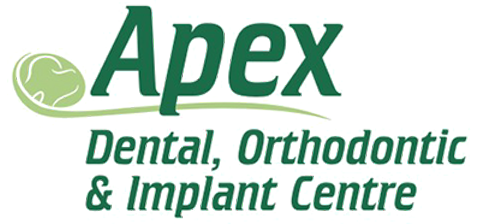When it comes to the best age for starting orthodontic treatment, there isn’t a set age. However, the American Association of Orthodontists recommends that all children receive an orthodontic evaluation by age seven. This doesn’t mean that your child will be ready for braces at this time. In fact, it’s usually just an observation period, which allows orthodontists to monitor your child’s dental development. At this age, most kids have a mix of baby teeth and permanent teeth, which gives a good perception of how they’re developing.
Treating certain problems, it’s easy for orthodontists to identify, at an early stage and can minimize the risk of oral surgery or extensive treatment later on.
Bone tissue in children is much softer which makes it easier to change jaw structure and move teeth.
Benefits from Early Treatment:
- Corrects and guides your child’s jaw growth to encourage the permanent teeth to come in straight
- Corrects and guides your child’s jaw growth to encourage the permanent teeth to come in straight
- Reduces the risk of injury to protruding front teeth
- Preserves needed space for permanent teeth
- Balances the width of the upper and lower arches
- Reduces the risk of extraction of permanent teeth or the need for surgery later in life
- Gives your child a beautiful, confident smile
Things to Look For:
- Premature or late loss of baby teeth
- Difficulty biting or chewing food Inadequate space for permanent teeth to emerge
- Crossbite, underbite, or overbite
- Teeth that are crowded, misplaced, or blocked
- Teeth that come together abnormally or don’t touch at all
- Speech impediments
- Thumb sucking, nail-biting, or Tongue Thrust
- Oral damage from injury

